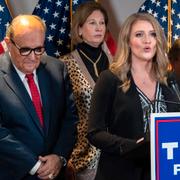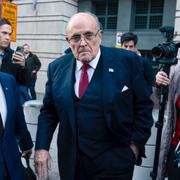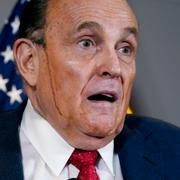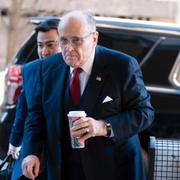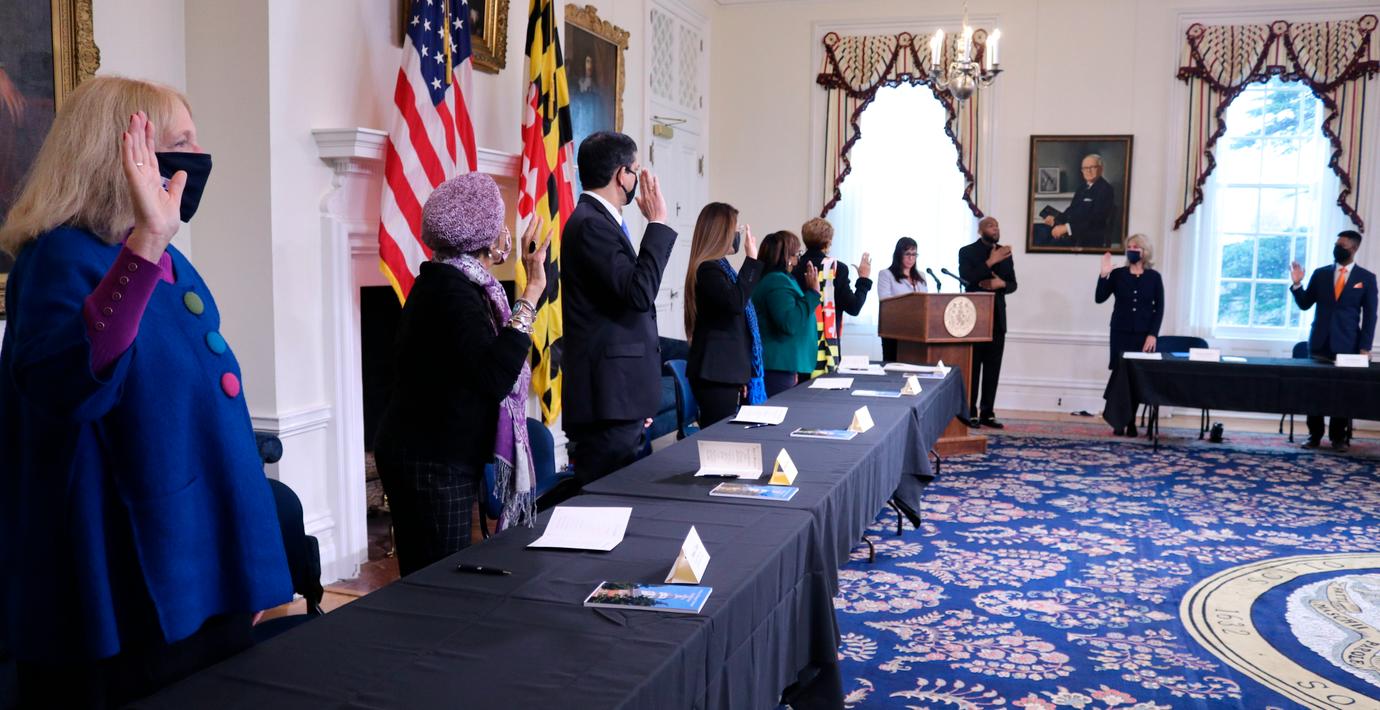
Elektorer i delstater Trump stämt röstar på Biden
Omröstningen i elektorskollegiet pågick under måndagen i USA för att formellt rösta fram Joe Biden och Kamala Harris som landets nästa president och vicepresident, rapporterar amerikanska medier.
Samtliga sex delstater där president Donald Trump försökt att påverka rösträkningsprocessen juridiskt har röstat på Biden. Det gäller Nevada, Arizona, Georgia, Pennsylvania, Wisconsin och Michigan.
Biden väntas få 306 elektorsröster mot Trumps 232 baserat på resultatet i presidentvalet. Det krävs 270 av totalt 538 för att bli vald till USA:s president. I normalfallet är elektorsomröstningen en formalitet, men får nu stor uppmärksamhet då Trump ännu inte erkänt sig besegrad.
Röstningen pågår till efter midnatt, svensk tid.
bakgrund
Elektorskollegiet i USA
Wikipedia (en)
The United States Electoral College is the group of presidential electors required by the Constitution to form every four years for the sole purpose of electing the president and vice president. Each state appoints electors according to its legislature, equal in number to its congressional delegation (senators and representatives). Federal office holders cannot be electors. Of the current 538 electors, an absolute majority of 270 or more electoral votes is required to elect the president and vice president. If no candidate achieves an absolute majority there, a contingent election is held by the United States House of Representatives to elect the president, and by the United States Senate to elect the vice president.
Currently, the states and the District of Columbia hold a statewide or districtwide popular vote on Election Day in November to choose electors based upon how they have pledged to vote for president and vice president, with some state laws against faithless electors. All jurisdictions use a winner-take-all method to choose their electors, except for Maine and Nebraska, which choose one elector per congressional district and two electors for the ticket with the highest statewide vote. The electors meet and vote in December and the inauguration of the president and vice president takes place in January.
The appropriateness of the Electoral College system is a matter of ongoing debate. Supporters argue that it is a fundamental component of American federalism by preserving the Constitutional role of the states in presidential elections. It is the implementation by the states that may leave it open to criticism; winner-take-all systems, especially in populous states, may not align with the principle of "one person, one vote". The Electoral College has promoted political stability by fostering a broad-based, enduring, and generally moderate party system that is grounded on the count of both voting and non-voting residents for state apportionment of electors. Candidates must appeal to a broad and diverse set of states rather than focusing only on the few U.S. cities with the highest population densities. Over 90% of presidential elections under the system have elected the winners of the nationwide popular vote.Critics argue that the Electoral College system is less democratic than a direct popular vote and that the College violates the democratic principle of "one person, one vote."
Thus, a president may be elected who did not win the national popular vote, as occurred in 1824, 1876, 1888, 2000, and 2016. Critics object to the inequity that due to the distribution of electors, individual citizens in states with smaller populations have proportionately more voting power than those in larger states. This is because the number of electors each state appoints is equal to the size of its congressional delegation, each state is entitled to at least three regardless of population, and the apportionment of the statutorily fixed number of the rest is only roughly proportional. In addition, faithless electors may not vote in accord with their pledge. Further objection is that instead of spending equally on each voter in the nation, candidates focus their campaigns on just a few swing states. While polling data show having a direct popular vote for presidential elections is consistently favored by a majority of Americans, the popularity of the Electoral College has hovered between 35 and 44% in the 21st century.
Omni är politiskt obundna och oberoende. Vi strävar efter att ge fler perspektiv på nyheterna. Har du frågor eller synpunkter kring vår rapportering? Kontakta redaktionen
